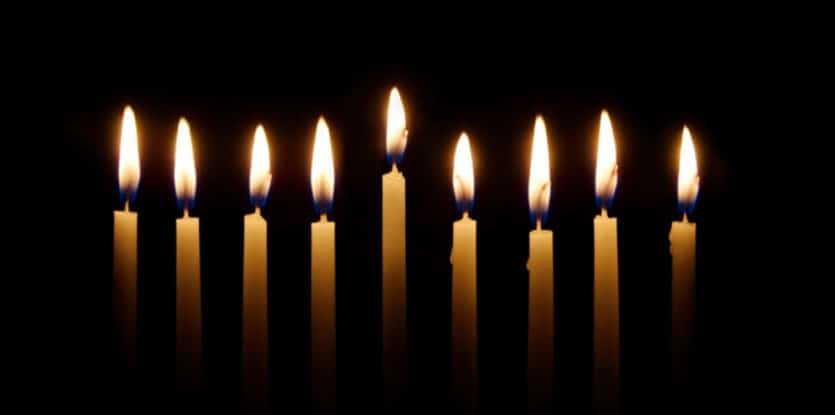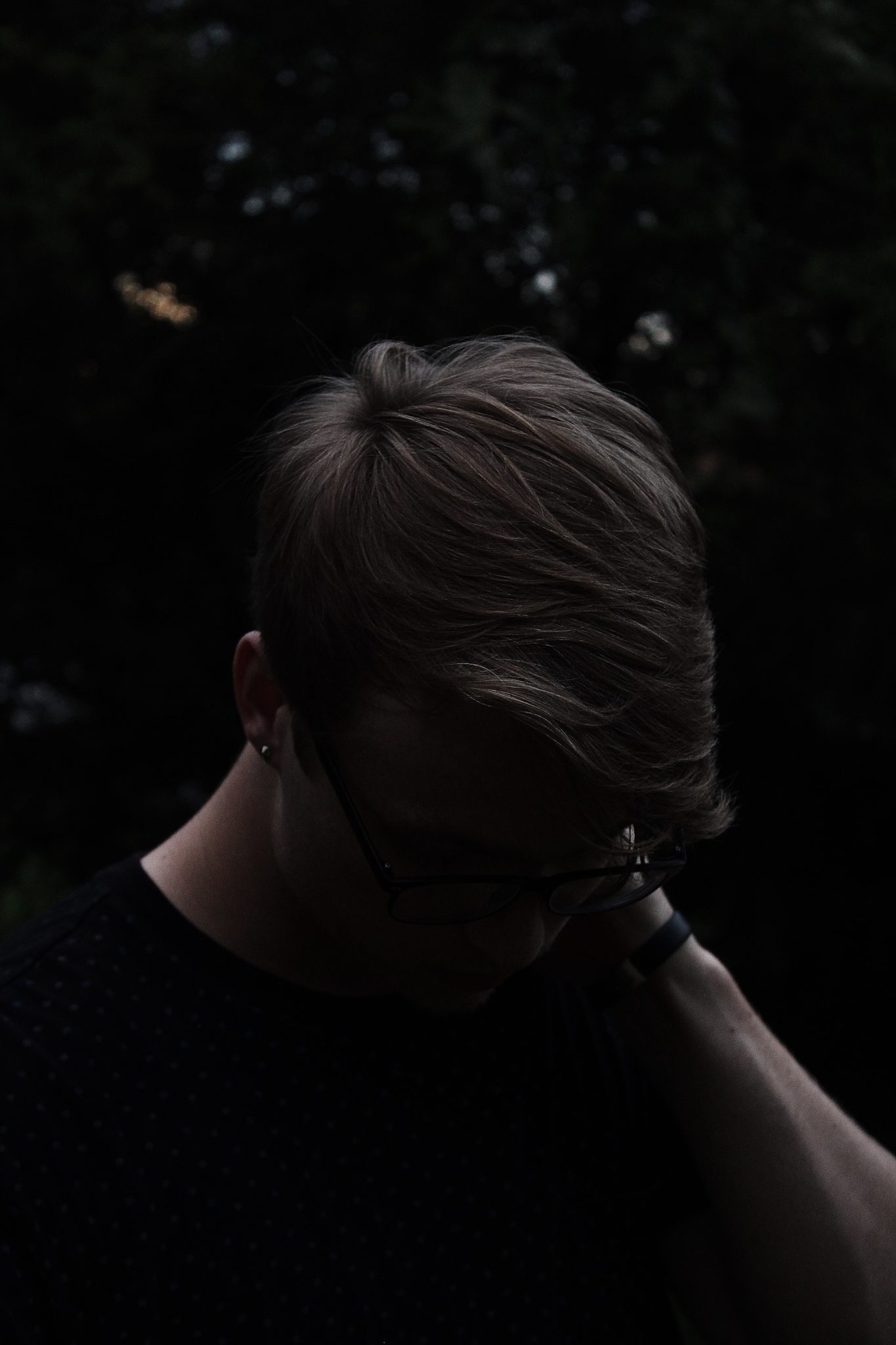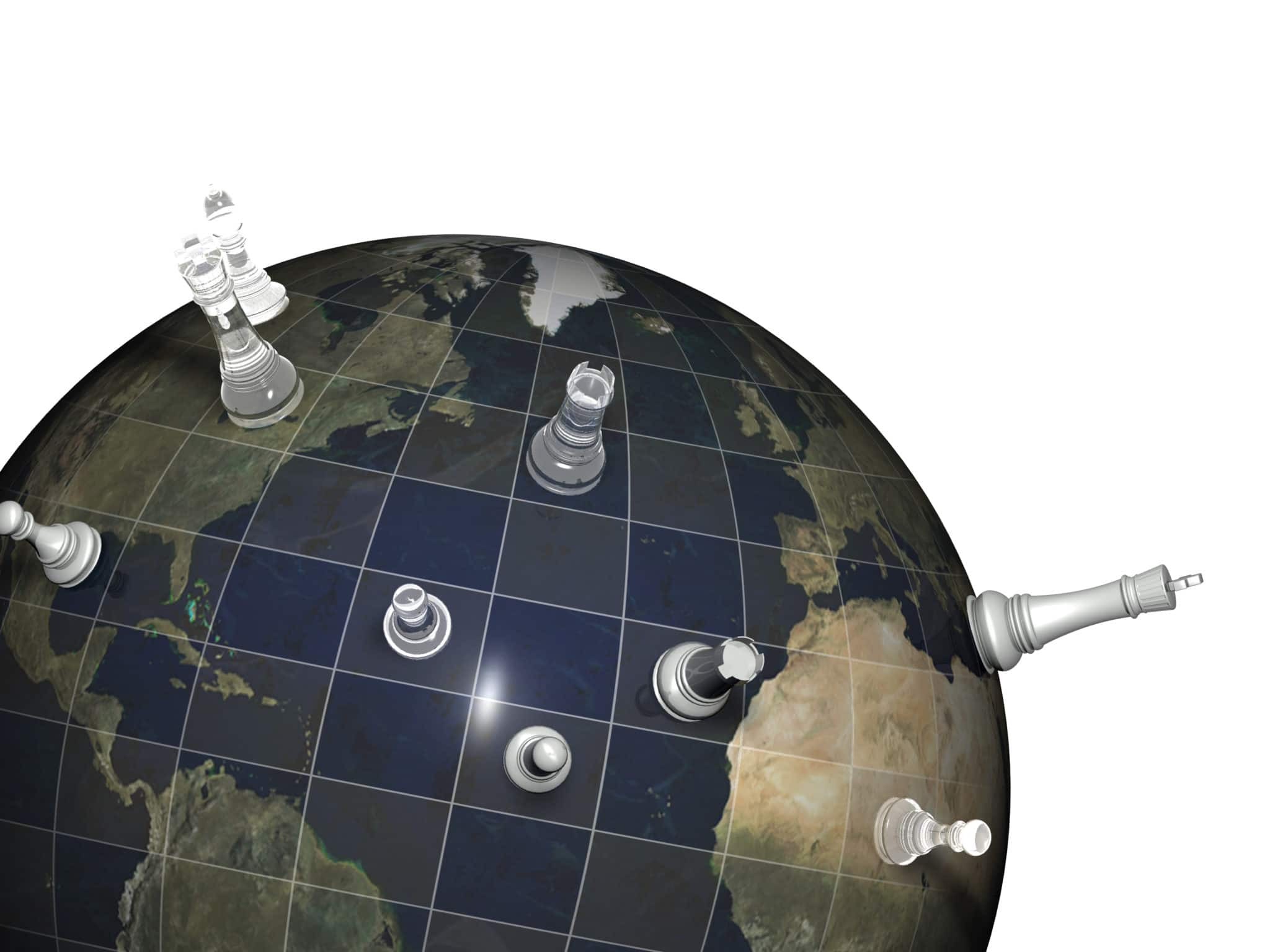The Anatomy of the Soul
— Samech Vov 100 Years – Part Six —
JERUSALEM, 24 Kislev, The day before Chanukah
After discussing the unprecedented (undefined “supra-conscious”) energy generated through the human struggle with darkness, this week of Chanukah one hundred years ago, Samech Vov begins to dissect the dynamic nature of the soul, which is compared to a flickering flame, apropos to Chanukah the festival of lights.
Understanding the very nature of the soul’s light, energy and source of inspiration will help us appreciate the difficult work of extracting and redeeming the “sparks” embedded in the darkest places, specifically once the initial spiritual inspiration wears off.
And with this the Rebbe Rashab begins an extensive and intricate discussion on the significance of “avodah be’koach atzmo,” the enormous power of self-generated human initiative spawned from below (not one that originates from above) which lies at the heart of the very purpose of creation and its ability to introduce into our lowly world unprecedented Divine energy from the Essence Itself.
As we prepare to enter Chanukah, there is a beautiful way to enhance the menorah lighting, as suggested by the Rebbe Yosef Yitzchak: “We should listen to the flames,” to the story that the Chanukah lights are telling us.
The Chanukah flames tell us many stories. They reveal to us much about our own souls, which are compared to flames – “the flame of G-d is the human soul.”
Following are some profound lessons about the flaming nature of the soul derived from this week’s Samech Vov discourse.
The obvious parallel of the soul to a flame is its constant motion. Just like a flame flickers as it rises and falls, so, too, a soul by its very nature is transcendent, reaching upward only to be drawn back below, in the dual dance called “rotzo v’shuv,” yearning and returning, or tension and resolution. Like a flame, the soul aspires to reach upward, only to be tugged downward by the grounding wick. And so the soul is always on the move – in an ongoing state of dynamic motion, continuously fluctuating between the two poles.
However on further reflection the question arises: Is the soul inherently mobile or is the natural state of the soul actually calm and peace, with an unwavering sense of fulfillment, which does not fluctuate? If so, what causes the soul to flicker?
This brings us back to the soul/flame metaphor. We cannot say that the soul is defined only by it being the “flame of G-d” because the first description of the soul in the Torah (at the beginning of Genesis) actually defines the soul as G-d’s breath: G-d formed the human from “the dust of the earth. He breathed into his nostrils the breath of life; and the human became a living soul.” Indeed, the word for soul in Hebrew is “neshomo,” which also means breath (as in the breath of life).
Breath and fire are totally different entities. Among the four central elements – earth, water, wind, fire – wind (breath) is a different dimension than fire. [Ruach in Hebrew can be translated as breath, air, wind or oxygen. Therefore the term is used here interchangeably].
So which one is it: Is a soul flamelike or windlike? The answer is both: The soul has both dimensions, ruach-breath and neshomo-fire. [The soul actually has five dimensions, starting from the lowest: nefesh – biological life; ruach – emotional life; neshomo – intellectual life; chaya – transcendent life; yechida – the unified essence of the soul].
Here, too, we can understand the soul’s dynamic by “listening to the flames.”
A flame needs oxygen (air) to ignite and remain lit. Proper ventilation (ruach) is necessary both for the flame to burn and that it burn smoothly, flickering as it consumes the wick.
The (inner) reason for this is because the inherent nature of fire is to expire into its source above, and not descend at all. Unlike wind whose nature is to rise and fall and spread about. Wind currents rise, but do not rise to the point of expiration, and they also descend.
The same applies to the fire and breath dimensions of the soul. Spiritual fire on its own completely expires and disappears into oblivion as it is engulfed by its source. This is the yearning in the world of Tohu, as experienced by the sons of Aaron: Consumed by their love for the Divine, their souls expired in ecstasy.
By contrast, the yearning and fire of the soul from the balanced world of Tikkun, is fire imbued with the “breath of G-d.” The level of ruach keeps the flame from expiring, as well as ensuring that the flame descends to the wick. Above all it maintains the poise of a smoothly burning soul and balances upward transcendence and downward integration, the tension of yearning and the resolution of returning.
Without the windlike inspiration of the “Divine breath” the soul’s fire will not have the power to come ablaze with passion. The flame may exist but only in a concealed state, which can be easily extinguished by the “wind” of the animal soul. The light needs to be ignited by the inspiration that comes through the “breath” – the level of Aaron the High Priest who kindles the Menorah.
These two dimensions of the soul are similar to the two components of the supra-conscious state of the soul: Taanug (pleasure/fulfillment) and Rotzon (will) – as discussed in a previous part of the Samech Vov series titled, The True You. The undiluted dimension of fire, whose essential nature is to be absorbed upward into itself, is akin to taanug, the inner pleasure which is an internal state. The breath dimension of the soul, which consists of movement, is comparable to rotzon, which extends and reaches outside of itself.
On a lower level, this is also the difference between intellect and emotions. Pure intellect is isolated and separate from any outside force. It turns inward into the essence. A true intellectual is not affected by outside disturbances. Emotions, on the other hand, are fundamentally driven by movement – extending or being drawn outward to express a feeling or fulfill an emotional need. In contrast to intellect, emotions are affected by forces outside of itself.
This will explain the Talmudic statement about Chanukah, that the mitzvah is to “place the Chanukah lights at the door of the house facing outward, on the left side of the door, so that the Mezuzah is on the right and the Chanukah menorah on the left”:
The light of Chanukah is the light of Torah that has the ability to illuminate the darkness and the severities of the “left side.” However, to ignite the flame of Torah and the flame of the soul we need the power of mitzvot, the mezuzah on the right, which are like the wind of emotions and that will cause the flame to burn – “the candle of a mitzvah” generates “the light of Torah.”
All this however, is the power of the soul that is generated by the “wind” of inspiration from above, which imbues the soul with energy to move to and fro. But the ultimate goal, is to generate energy through our own efforts.
After all is said and done, inspiration can only go so far. Every inspiration dissipates after a short while. So as powerful as the inspiration may be at the time, once it fades away we have to exert ourselves with our own energy to generate the flame.
And it is this hard work which defines the ultimate purpose of creation.
[In context of the weekly Torah portions: After Jacob gathers strength in Laban’s home and builds his family, he is ready to encounter the battle with raw Esau-materialism. In Laban’s home the soul was inspired and imbued with the ruach. Now comes the hard work].
As we enter into Chanukah and prepare to kindle the flames, remember to listen closely to the story that they tell.
The flickering flame is your flickering soul, which needs spiritual oxygen to inspire it to yearn to great heights and return to tell about it.
When you kindle the flames you are affirming your mission in life:
We each have the responsibility to kindle flames – to inspire the flame of our own soul and the soul of others. To breathe life into our own experiences and into the lives of the people you come in contact with.
Furthermore: Even after the light burns out and the inspiration dissipates, we are charged with the task to generate our own light and illuminate the darkest crevices of the world.
Chanukah gives us light, but also the challenge to face the darkness of the night and the street – and transform them.
As you light the Chanukah Menorah open your eyes, cup your ears, and listen. Listen to the flickering flames and the story of our lives.
Listen to the flames, and your life will never be the same.







